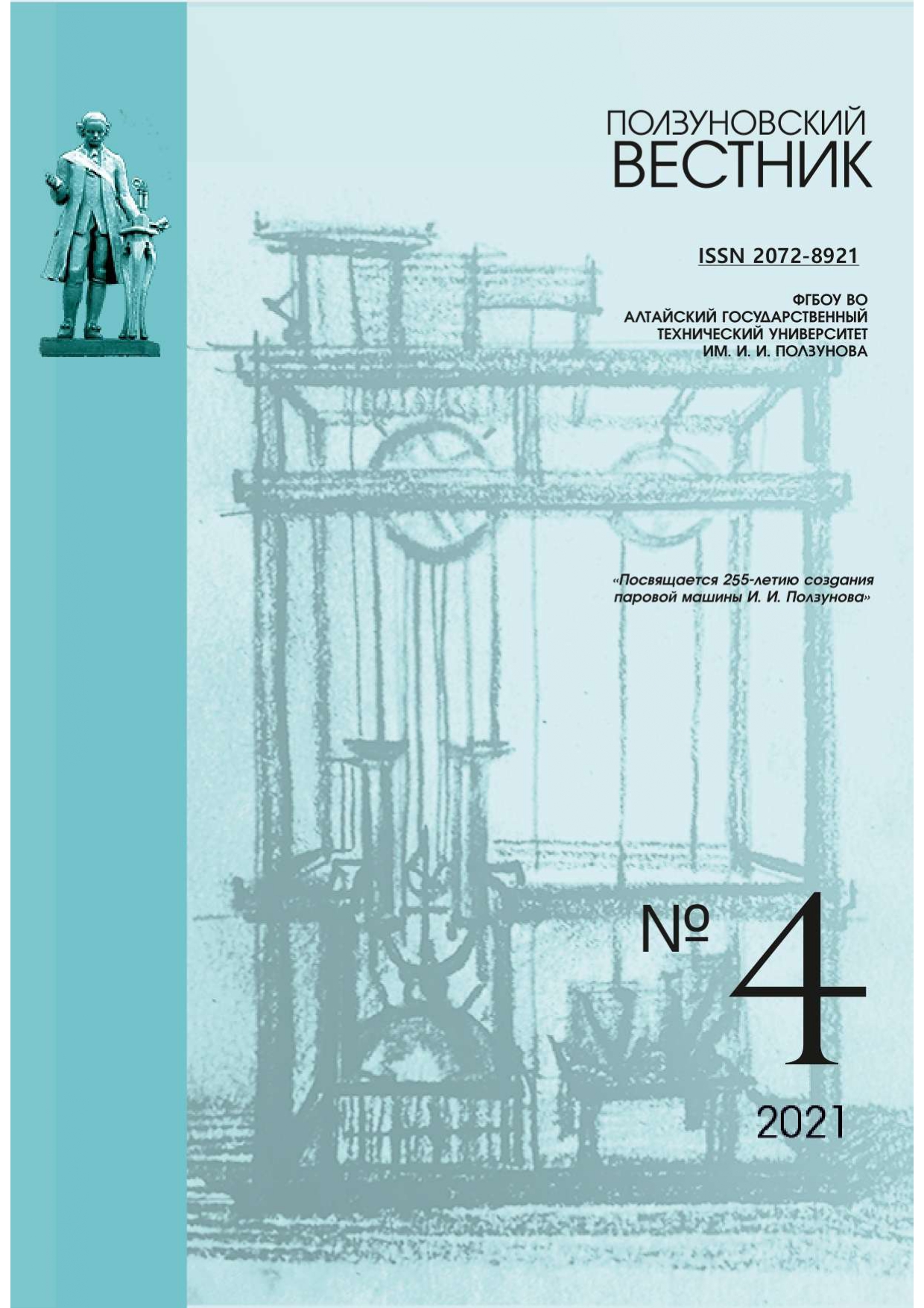INVESTIGATION OF THE PROPERTIES OF MINCED SYSTEMS OF CHICKEN MEAT AND BEEF TONGUE WITH VEGETABLE RAW MATERIALS
doi: 10.25712/ASTU.2072-8921.2021.04.004
Keywords:
chicken meat, beef tongue, minced meat, boiled beans, chickpea flour, organoleptic and functional-technological indicatorsAbstract
Meat products are present in the diet of every person, because they contain full-fledged animal proteins, characterized by a balanced amino acid composition, a unique composition of nutrients and can satisfy the daily need of the body for the necessary nutrients. The task facing the food industry and meat processing enterprises is to meet the growing needs of potential consumers and expand the available assortment.
Taking into account the popularity and necessity of meat products for the human body, the aim of the work was to develop recipe compositions of minced meat based on chicken meat and beef tongue with the introduction of a vegetable component in the form of boiled beans and chickpea flour. To achieve this goal, an assessment of the organoleptic and functional-technological indicators of minced meat with the addition of legumes was carried out in comparison with the control. The introduction of vegetable raw materials in the form of legumes into minced meat based on chicken and beef tongue has an effect on moisture binding, moisture retention, pH and adhesion. The increase in moisture-retaining and moisture-binding capacity when applying legumes is natural and significant. The introduction of plant components into the stuffing system contributes to an increase in the stickiness of the stuffing system. High adhesion values negatively affect the organoleptic characteristics of finished products, and also lead to large losses in the production of semi-finished products, due to the adhesion of minced meat to technological equipment. It is recommended to add boiled beans and chickpea flour to the stuffing system based on chicken meat and beef tongue in an amount of 15%.
Downloads
Published
How to Cite
Issue
Section
License
Copyright (c) 2021 Marina A. Vaitanis, Zoya R. Khodyreva, Vera A. Bykova, Gulnara T. Zhumanova

This work is licensed under a Creative Commons Attribution 4.0 International License.















 .
. This work is licensed under a
This work is licensed under a 
